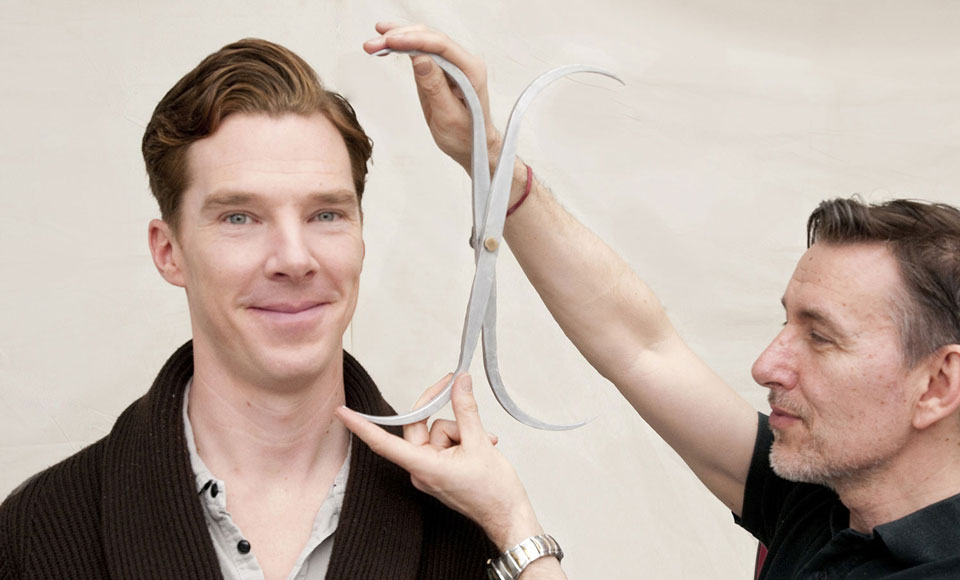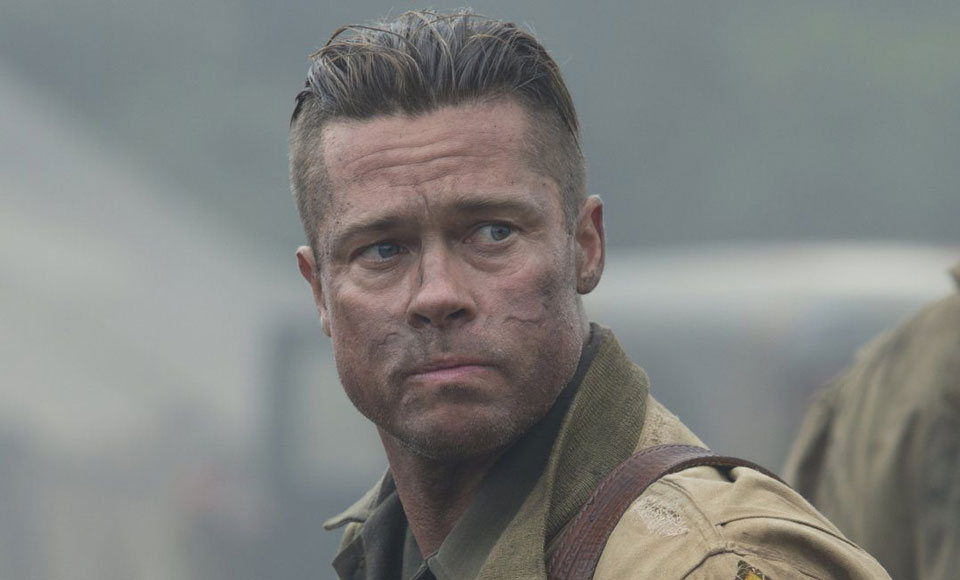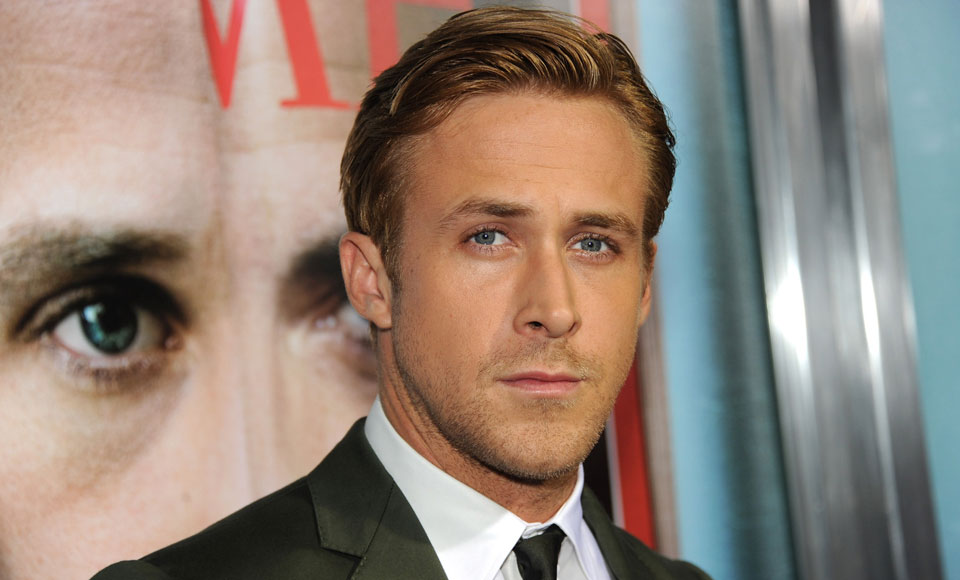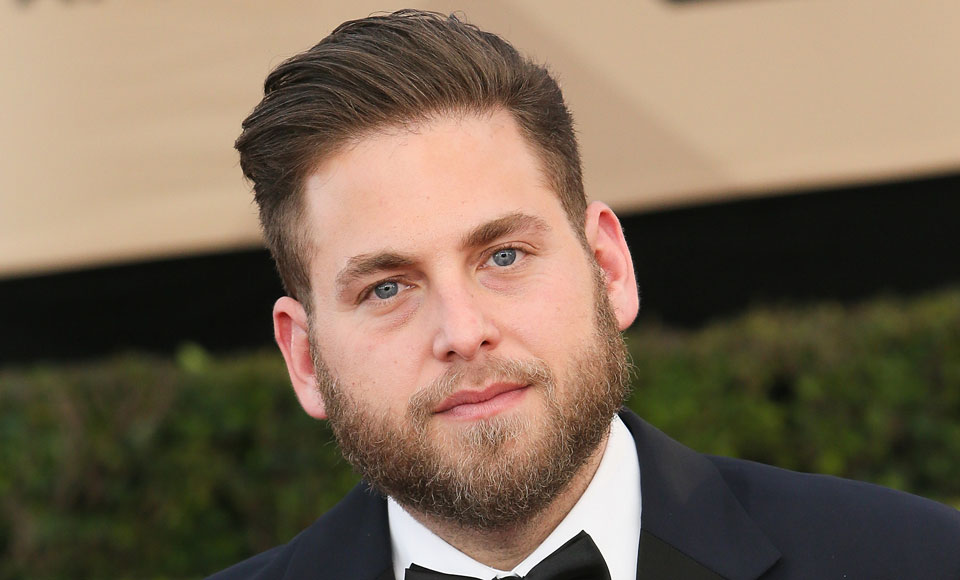Like a good suit, haircuts are not one-size-fits-all. Buy off the rack and you’re likely to end up disappointed. But there’s a key difference: the ill-fitting suit comes off at the end of the day. The hairstyle you chose because it looked cool on Instagram is yours until it grows out or gets buzzed off.
Time to break out the hat collection.
Now imagine you went to the tailor instead. Your suit hugs the contours of your body, highlighting and hiding all the correct bits. The right cut does the same for your face. Think of your hairstyle as a strategic hack for greater handsomeness, enhancing your favourable features while downplaying the rest.
So how do you know what look will suit your skull? It comes down to understanding the most flattering haircut for your face shape.
Table of contents
How To Measure Your Face

Begin by taking your mug’s measurements. This is no time to be self-effacing – tap into your internal reservoir of narcissism and give yourself a good long look in the mirror. Study your face’s general shape and distinguishing features. Take note of the length of your face and the width of your forehead, as well as the width of your cheekbones, jawline, and chin.
How does the length of your face compare to the width? Which is the widest part of your face – forehead, cheeks, or jawline? Is your chin sharp, rounded, or angled?
If you’re a stickler for accuracy, you can take out a tape measure and get actual numbers for the following features:
- Cheekbones: Place the end of a tape measure at the pointiest part just below your eye. This is the top of your cheekbone. Measure to the same point on the other side of your face.
- Jawline: Locate the ends of your jawbone below your ears. Measure from one side to the other, around the bottom of your face. Alternatively, measure from the tip of your chin to the end of your jawbone below below one ear. Multiply that number by two to get the full measurement.
- Face Length: Measure a straight line from the centre of your hairline, down over the front of your nose, to the bottom of your chin.
- Forehead Width: Place the tape measure halfway between your eyebrows and hair. Measure the width of your forehead from one side of your hairline to the other.
Armed with those numbers (or just a general feel for what you’re working with), note which measurements are larger and which measurements are smaller. These will determine which category of standard face shapes you fit into.
Oval

The length of your face is greater than the width of your cheekbones, and your forehead is larger than your jawline. Your jaw is rounded rather than sharp. You’ve hit the genetic jackpot. Oval face shapes are well-proportioned to handle a variety of different cuts and styles.
Want to brush it back or bump it up? Want a sky-high pompadour or a barely-there buzz? It’s all on the menu, though you may want to avoid a forward fringe that can soften your features and increase the roundness of your face. Beyond that, choosing the right look will largely come down to personal preference and hair texture.
Oblong/Rectangle

Similar to an oval face, an oblong or rectangular face’s longest measurement is face length. Forehead, cheekbones, and jawline are roughly equal in width, and the jawline may be more squared off. This is also a nicely balanced face that can handle many different styles, though you should be cautious not to accentuate your noggin’s natural length.
Short and medium styles that are the same length on the top and sides will work best. Going short on the sides and long on top will elongate an already elongated shape (and, side note, you may want to avoid a long beard for the same reason).
Square

All measurements are fairly similar in a square face and the jawbone angles are noticeably sharp. Your strong jaw is the stuff Hollywood stars dream of, so let it do most of the talking. Keep it short and tight up top so the spotlight stays on your manly, chiseled features.
On the other hand, if you fear anything too tight will make you look like you’ve just been drafted, the square face can also handle fullness. Opt for volume up top to soften your look, and steer clear of the centre part. Side parts are most flattering on this masculine face shape.
Heart

Picture a heart (the Valentine’s kind, not the anatomical kind) and map it over your face. The shapes should approximately align: the forehead is wider than the cheekbones and jawline, and the chin is pointed. As with any other face shape, the aim of a complementary hairstyle is to create balance. Choose a cut that balances the top and bottom of your face and doesn’t make your chin appear too narrow.
Mid-length and longer styles are the safest bet. Something textured or dimensional can soften the heart shape’s strong forehead. Facial hair will serve you well by adding bulk to a slim jawline and chin (it also means you can grow your hair longer on top and remain in proportion).
Diamond

Again, it may be helpful to picture the namesake. Doodle a diamond that would be any girl’s best friend. In the corresponding face shape, face length is the longest measurement. Then, in descending order, it’s: the cheekbones, the forehead, the jawline. The chin is pointy.
Bedhead is your friend if you have a diamond face. Something textured and messy, with softer lines and layers, is most likely to complement your features. To balance the wide cheekbones and the smaller forehead, don’t take the sides too short and consider rocking a textured or angular fringe. Your bone structure can also support longer lengths.
Round

If your face is round, the measurements for face length and cheekbones will be similar. Forehead and jawline will also be similar (and be smaller than the two previous measurements). The perimeter of your face will feature gentle curves as opposed to sharp or clearly defined angles.
Because your face naturally lacks angles, it’s your stylist’s job to create some. Give your baby face shape and dimension with a side part or a pompadour. A cut that’s longer on top and shorter on the sides will elongate your face and add more structure.
Triangle

Your cheekbones are significantly larger than your forehead, and your jawline is larger than those cheekbones. Thick hair with significant length and fuller sides will work wonders to balance out your mega-jaw and mini-forehead.
A quiff, fringe, pompadour, voluminous curls, or ‘fro will all emphasise the top half of your skull. Stay clean shaven to maximise the effect.
Men’s Haircut FAQ
[wp-faq-schema]